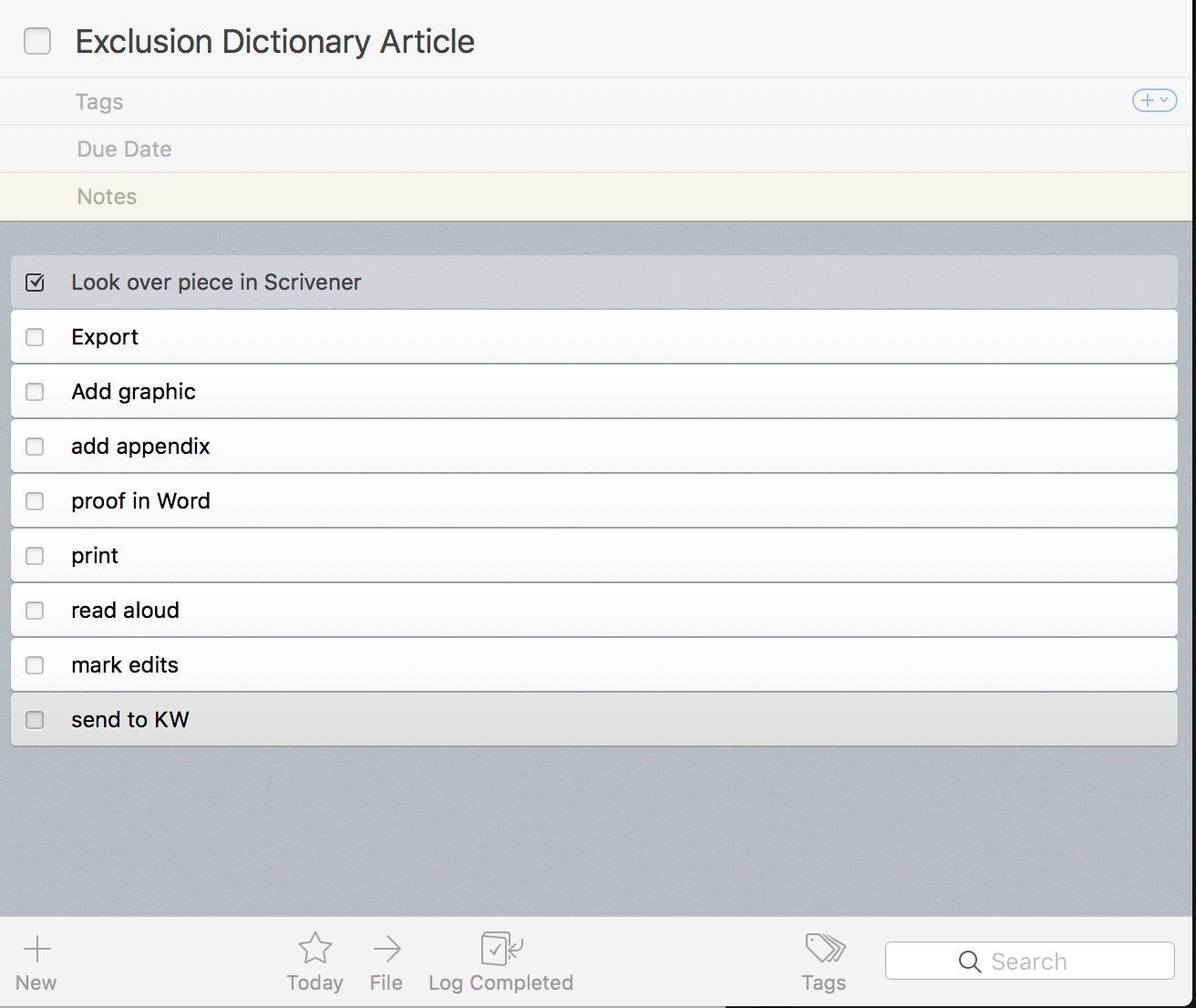
This is part of the periodic series, “Writing With Russ,” where Russell Terry shares with us his expertise and mastery of clear writing and communications.
 In her book, Bird by Bird, Anne Lamott writes that “The Short Assignment” is one of the keys to writing. In fact, the book title comes from when her brother had put off writing a paper about birds until the night before and her father told him he’d just need to do it one bird at a time.
In her book, Bird by Bird, Anne Lamott writes that “The Short Assignment” is one of the keys to writing. In fact, the book title comes from when her brother had put off writing a paper about birds until the night before and her father told him he’d just need to do it one bird at a time.
The short assignment is a powerful tool for any writer. Part of our work is thinking about our work, and we can choose to think about our work in ways that make it easier to do.
When I was teaching undergraduates at The University of North Carolina, I’d draw this to do list on the white board.
☐ Buy groceries
☐ Call parents
☐ Do laundry
☐ Write political science paper
I explained that if I have two hours on a Sunday afternoon, I can probably get two of the first three items done, maybe even all three. In contrast, if I spend the two hours working on the paper, I won’t finish it. It’ll feel like I didn’t get anything done because I haven’t checked off any boxes on my list.
The solution is to make a better list. My students quickly saw that I needed to break the paper into tasks that are about the same size as the others and can compete with them. So, it might be:
☐ Re-read assignment
☐ Pick topic
☐ Find source #1
☐ Find source #2
☐ Write outline
And so forth.
Two common explanations for why people pull all-nighters are that they put off unpopular tasks until the last minute and that the pressure focuses the mind. I’m sure those are both true for many people—they were sometimes true for me when I was an undergraduate. But I suspect that for many of us it is partly due to how we think about our work.
If we think of a writing project as One Big Task that will take, say, eight or ten hours to complete, this leads us to look for times when we have eight or ten hours in a row. If we have daytime responsibilities, such as class, work, family, and friends, this often leaves overnight as the only time we have a big chunk of time like that.
If we start with the time blocks we actually have available to us, then we can figure out the maximum size for our short assignments and break the larger project down accordingly.
Sometimes I just write. It’s obvious to me what I want to do next, so I do it. In these cases, it feels like making a list of smaller steps would just slow me down.
But when I’m stuck, when the whole thing seems too big, when it seems like I’ll never making any progress, and when I have no idea where to start: that’s when it helps me to break things down into short assignments, giving me something I can complete today.
Stopping and thinking about work to figure out how to move forward is work. If it shortens how long it takes me to complete the task, it’s time well spent. If it improves the quality of the work, it’s time well spent.
How small should a small assignment be? The right assignment size is the size that works for you.
For me, this depends on context. Sometimes I need to break things down into small, super-easy assignments. Sometimes I feel overwhelmed by many tiny tasks and do better batching them together into a shorter list of medium-sized ones.
The cool thing is that it’s up to me to decide what size assignment works best for me.
Here’s an example of how I did that for the revisions stage of my article on using an exclusion dictionary.
And here’s a piece I wrote for ELGL on the benefits of reading your writing aloud.

